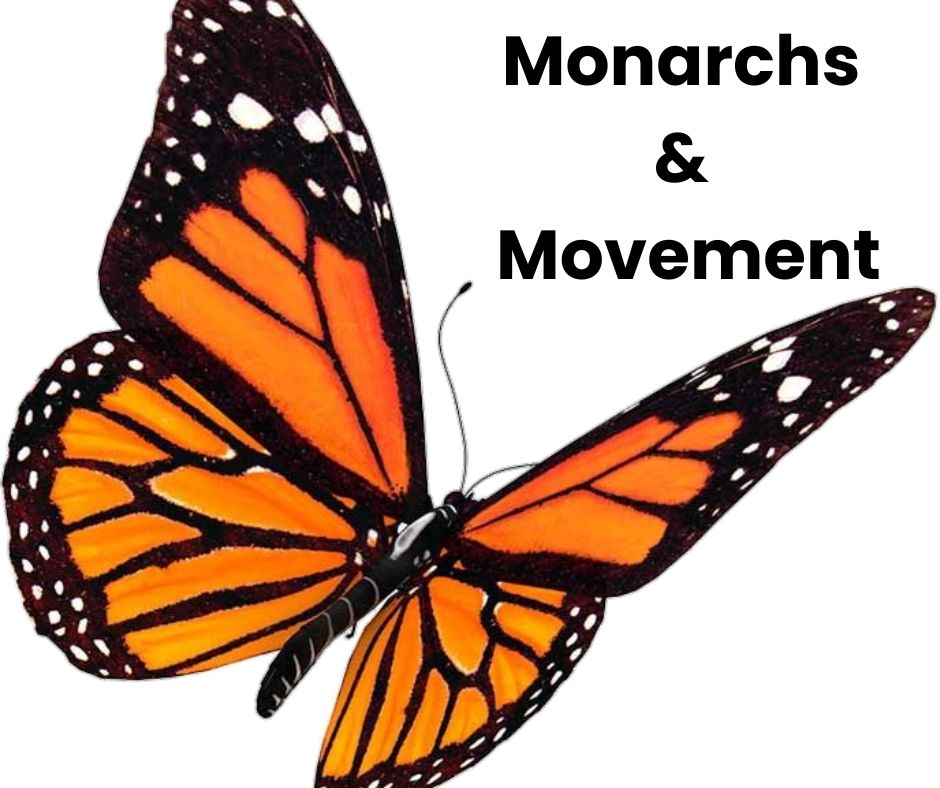Migrants and Monarchs: How Movement Sustains the World

Every autumn, millions of monarch butterflies take to the skies, leaving the forests of North America to travel thousands of miles to the mountains of central Mexico. Their journey is dangerous—storms, predators, and exhaustion all threaten to halt them—but they move forward anyway, drawn by the promise of survival and continuity. Their wings are a quiet testament to resilience, persistence, and the invisible threads that connect ecosystems across continents.
Human migration mirrors this natural wonder in profound ways. People cross borders not just out of necessity, but with hope—searching for opportunity, safety, and the chance to contribute to something larger than themselves. Like the monarchs, migrants are agents of connection, bridging communities, exchanging knowledge, and enriching the networks they join.

Consider global trade: a vast, intricate web linking countries, industries, and people. Migrants are essential threads in this web. They bring skills, ideas, and labour that drive innovation, maintain supply chains, and create the human connections that underpin commerce. From ports to factories, from tech startups to farms, their contributions keep the global economy moving, just as monarchs keep ecosystems alive through pollination.
The scale of this impact is staggering. According to the World Bank, migrants contribute over $1.5 trillion annually in remittances to their home countries, a direct lifeline for families and communities and a boost to global consumption and trade. Migrants are also disproportionately represented in entrepreneurship, often founding businesses that connect local markets to international supply chains. In essence, migration is both a human and economic lifeline, moving people, goods, and ideas across borders in ways that benefit us all.

Like the monarchs, migrants face challenges: borders can be hostile, journeys can be dangerous, and the world can misunderstand their motives. Yet every step taken, every skill shared, and every bridge built contributes to a more connected, resilient global system. Their movement reminds us that the flow of people is not a disruption—it is a force of renewal, adaptation, and growth.
In the dance of commerce and ecology, the lessons are clear: movement matters. Migrants, like monarchs, are living proof that journeys of necessity can become journeys of purpose. They carry knowledge, labour, and hope across the world, sustaining the networks that keep societies thriving and economies growing. By honouring their role, we recognise that migration is not merely an act of survival—it is a catalyst for global connection, prosperity, and shared human progress.
Just as monarchs navigate a changing climate and humans traverse borders, the movement of goods, people, and ideas forms a vital artery in our global ecosystem. Climate change increasingly shapes both natural and human migrations—altering monarch habitats, shifting agricultural patterns, and disrupting supply chains. These shifts reveal the deep interdependence between ecological systems and human commerce.
The 2026 Festival of Inclusive Trade offers a unique space to explore this intersection. By examining how climate pressures influence both natural and human flows, we can see how migration—whether of butterflies, people, or goods—sustains the networks that keep economies, ecosystems, and communities resilient. Trade and supply chains do not exist in isolation; they rely on the adaptability and movement of living systems, just as ecosystems depend on migratory species for balance.
In celebrating movement—of wings, people, and products—the festival can be used to remind us that resilience and prosperity are born of connection and mobility. Just as monarchs traverse
continents to survive, human and ecological systems alike flourish when movement is respected, understood, and supported. By bringing together climate science, trade policy, and migration studies, we honour the vital role of movement in sustaining life, livelihoods, and the shared future of our world.